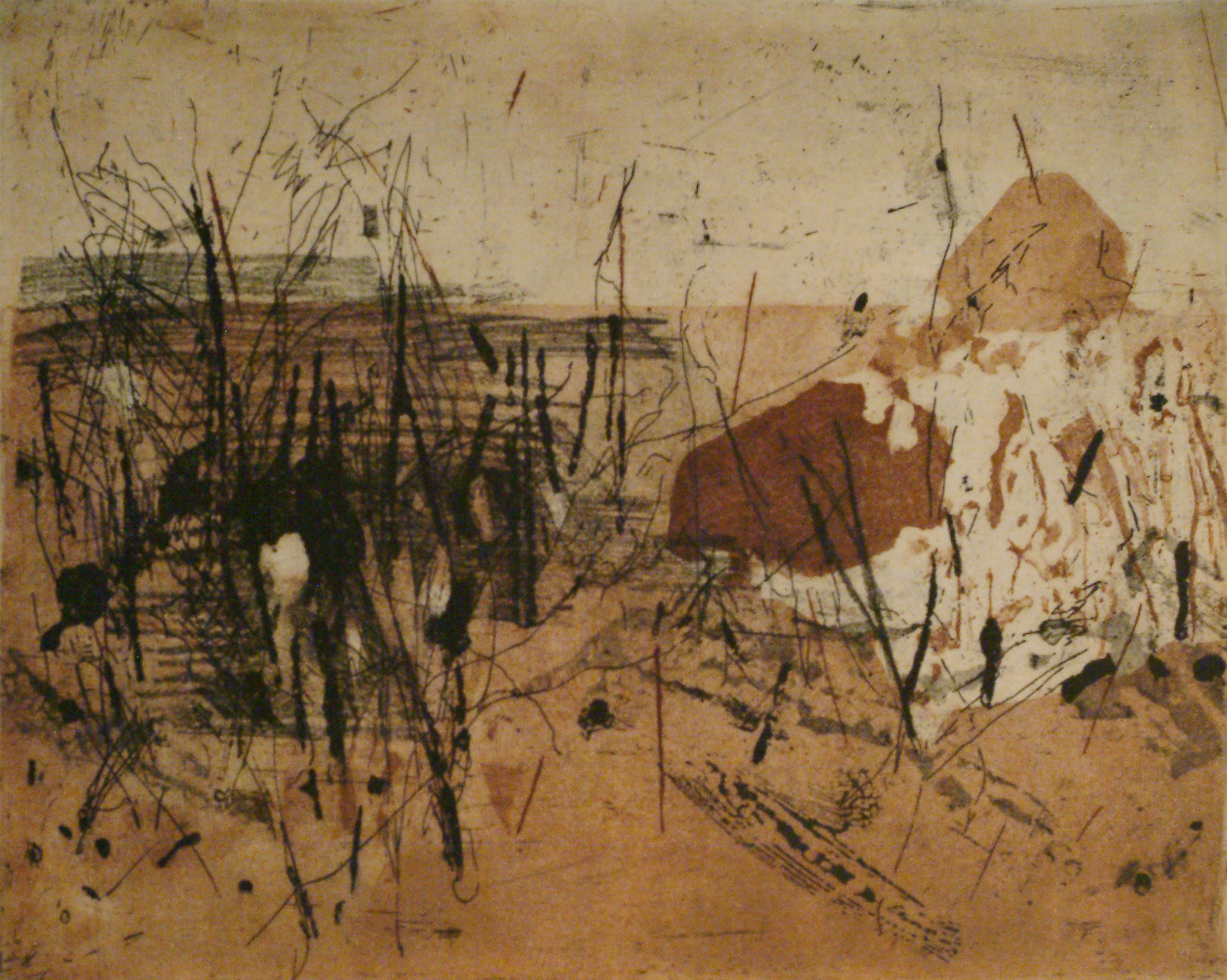
Neither Heaven nor Earth; Research
Festum 2021 “Identities” BelgradeYear: 2020 - 2021
This research examines the differing perspectives of observing a group of elements through the human eye versus using a camera. Usually when we paint, we paint the group of tiny elements using one shade. The camera was invented with the aim of replicating the human eye and capturing reality. Since then, we have the hyperrealism as a movement. The concept of "context of infinity" while observing the landscapes such as the sea, sky, and meadows inspired me to conduct this research. Due to the comprehension of the viewing subject, the human eye perceives the broader picture while the camera focuses on finer details like color, texture, shape, and form of the builiding element, providing insight into the system being observed. After studyng The Hilbert curve (a continuous fractal space-filling curve) I reliazed that I can show what are the finer details of the observed subject. Thus, I demonstrated 3 prominent groups of details and compared how the camera captures them versus how the human eye perceives them.


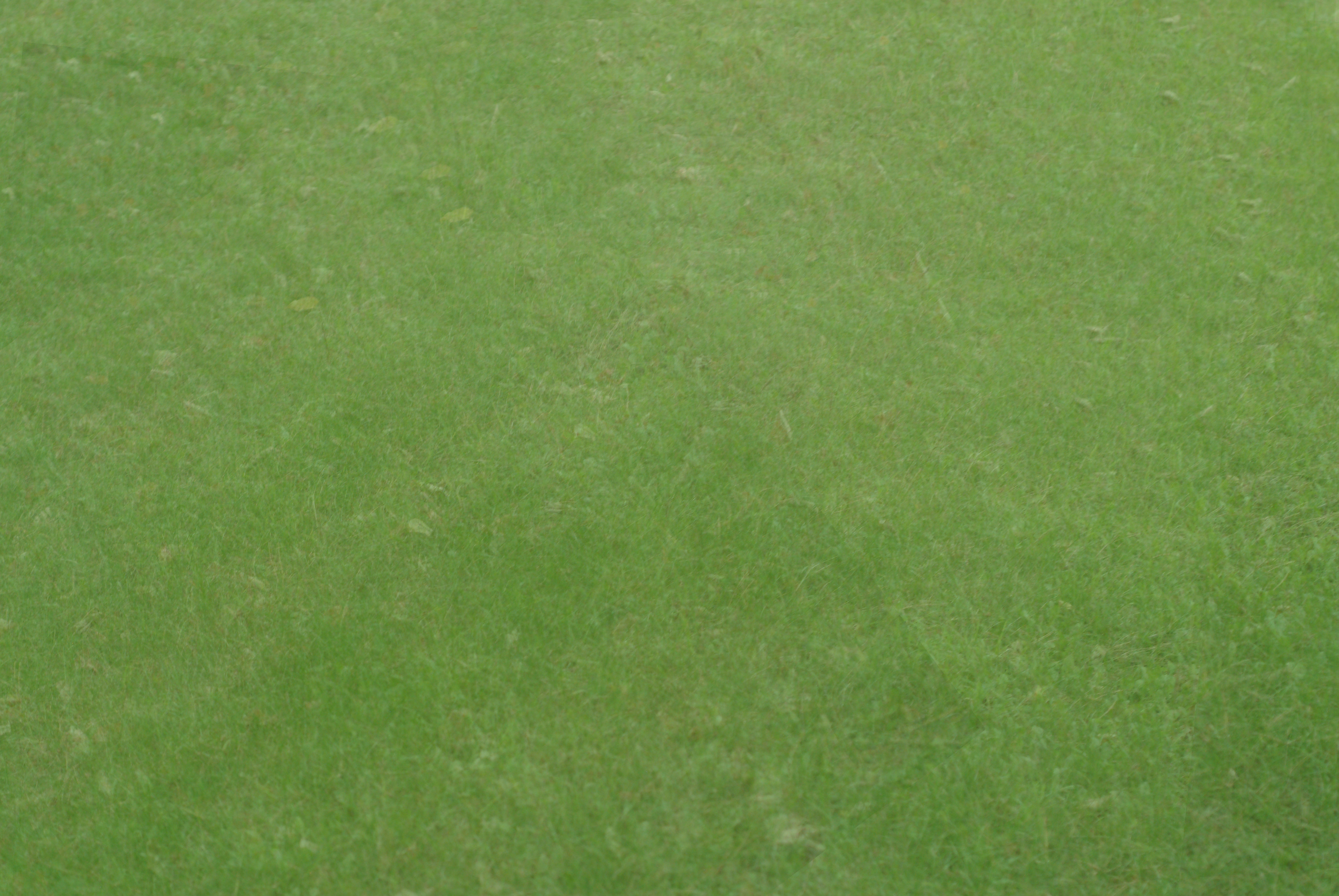
Layer-based / Motion Blur Organization of Space: This method piles up layers to create a visual illusion. The eye sees according to the saccade phenomenon, making the eye never still, and creates a seen image from randomly seen elements. This fast movement creates the illusion of a blurred image. The work in this category is created from accumulated layers of photography, with each layer moved to create a performance that appears as a coherent whole, stripped of detail as much as possible.
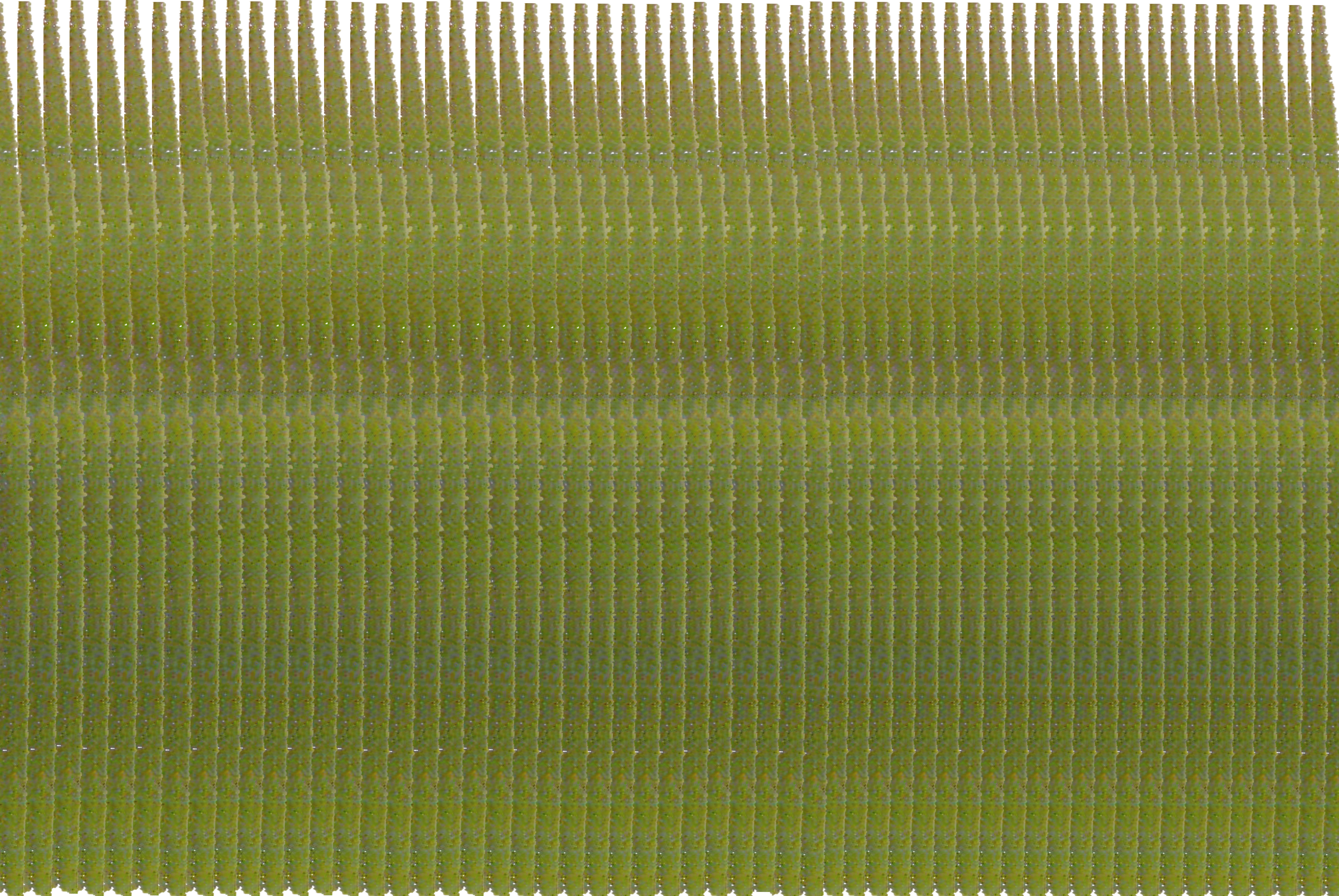
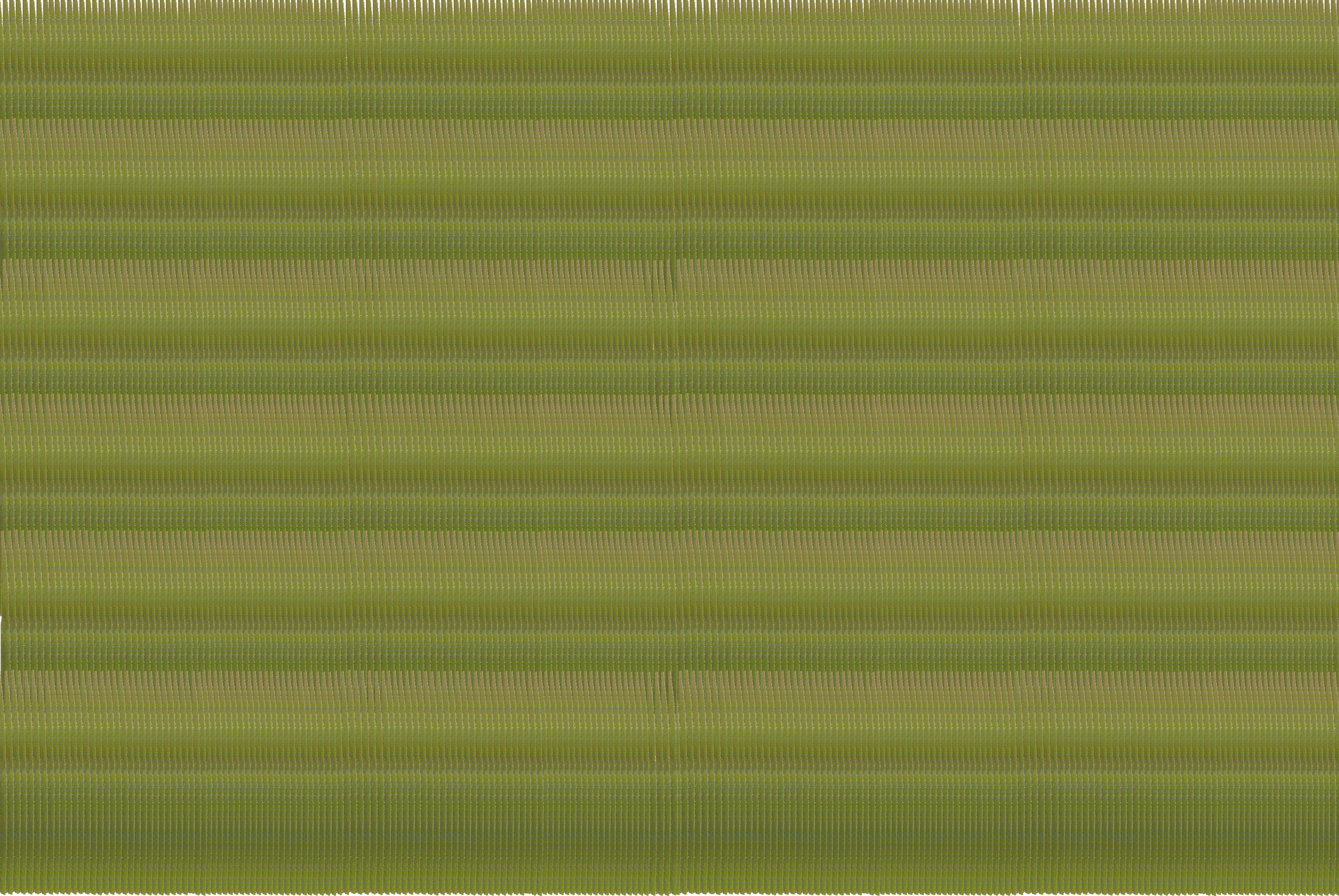

Pattern-based Organization of Space: This method uses a pattern to organize space. Camera sensors convert light into an electronic signal to form a photo, similarly to how the human eye works. However, the eye also has a saccade phenomenon where it moves simultaneously between two points of fixation. The work in this category is organized by 1352 layers of grasses,
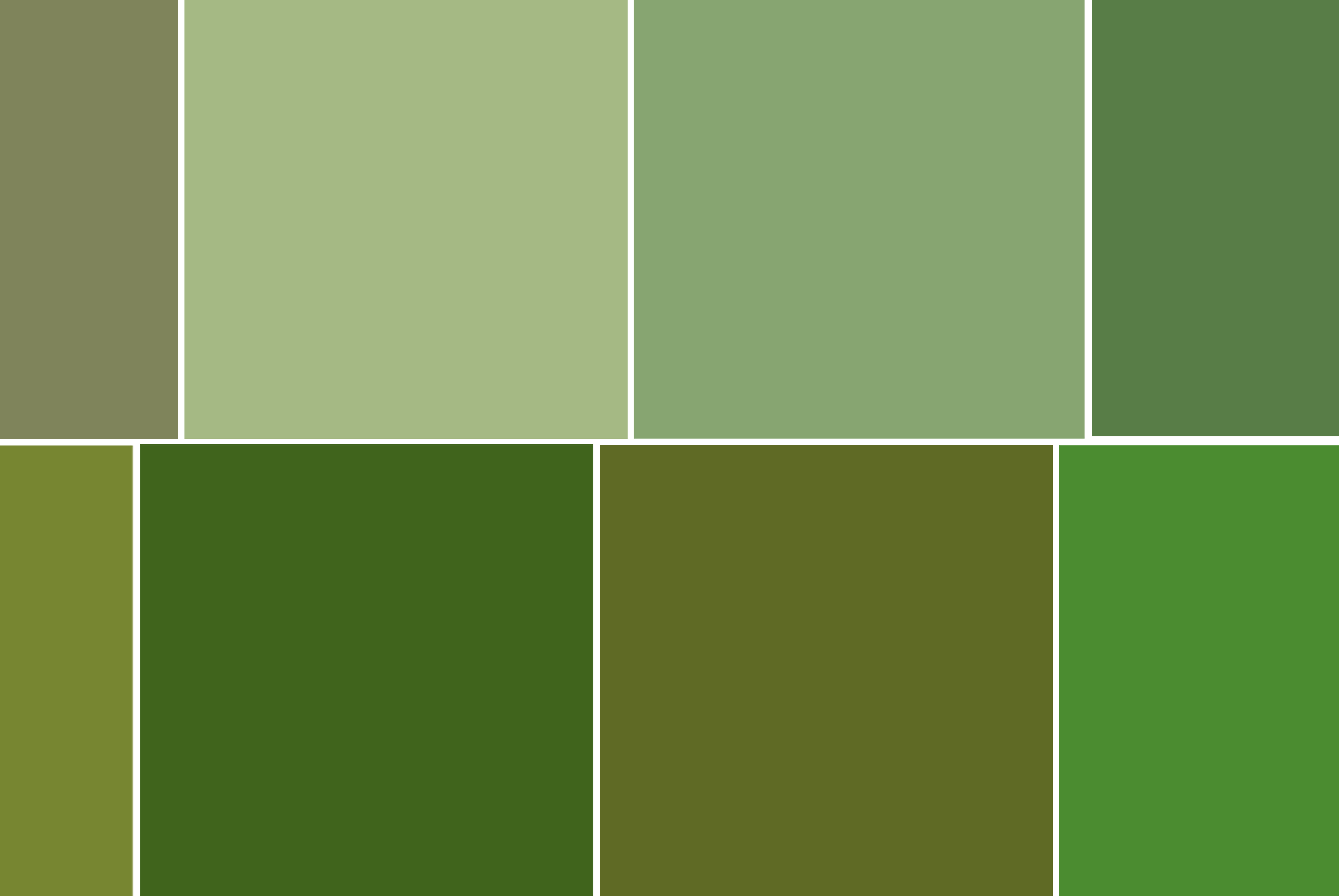

Dominant Color-based Organization of Space: This method uses the dominant color of a photo to highlight the space. The human eye is sensitive to color, and the retina has cells that process color information and send it to the brain. Peripheral vision sees color poorly as the rods (cells for black and white info) are located at the edge of the retina and the cones (for color info) are in the center. The work in this category extracts the dominant color in photoshop to make the photo resemble the color seen by the eye.
Infographic:









